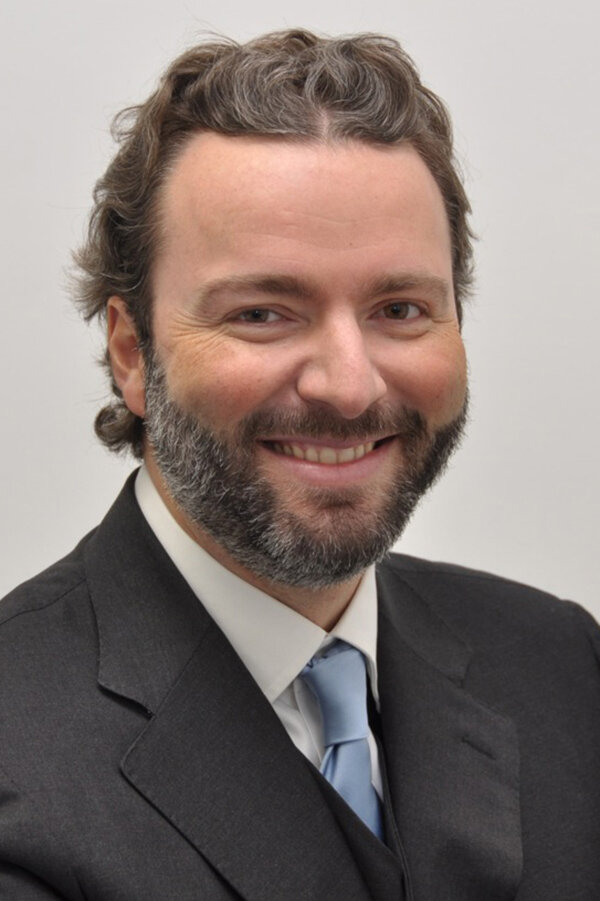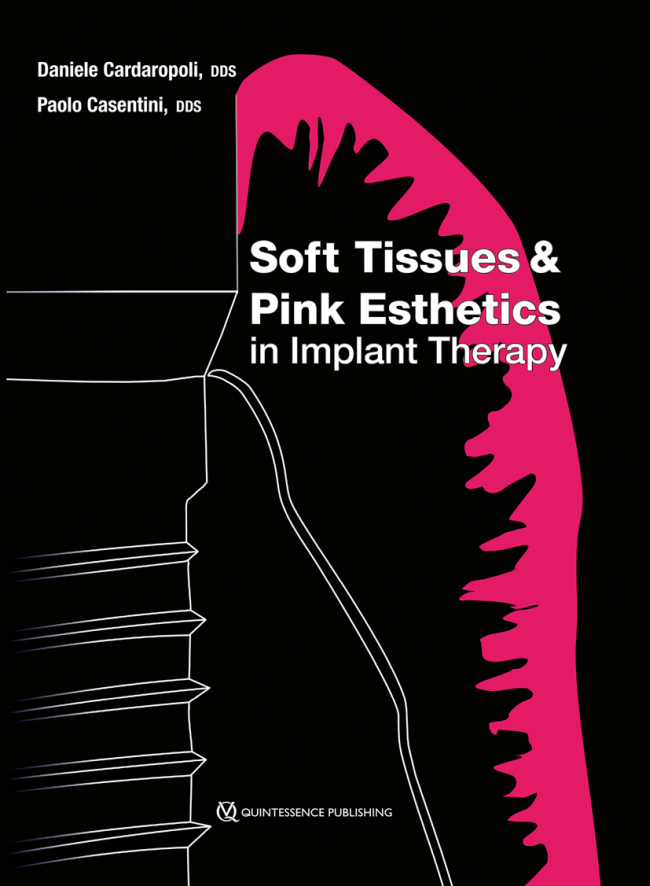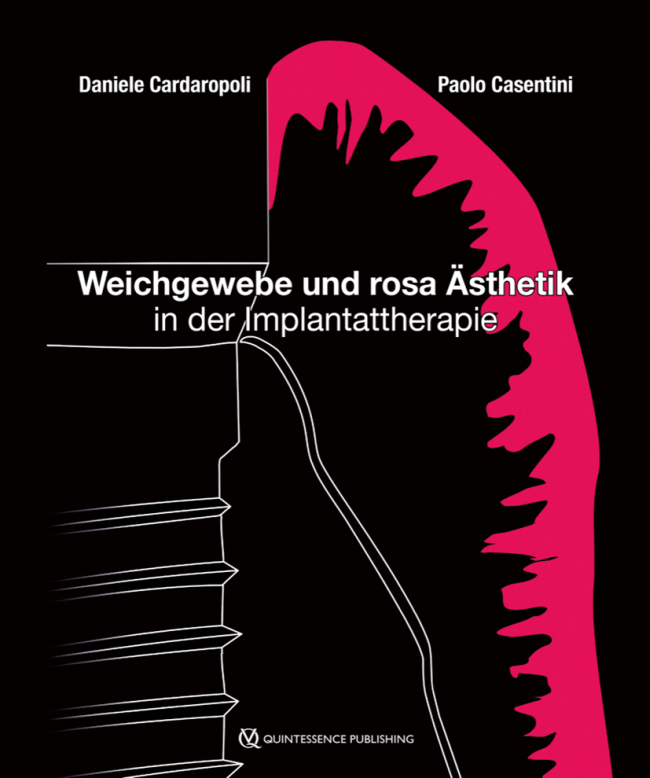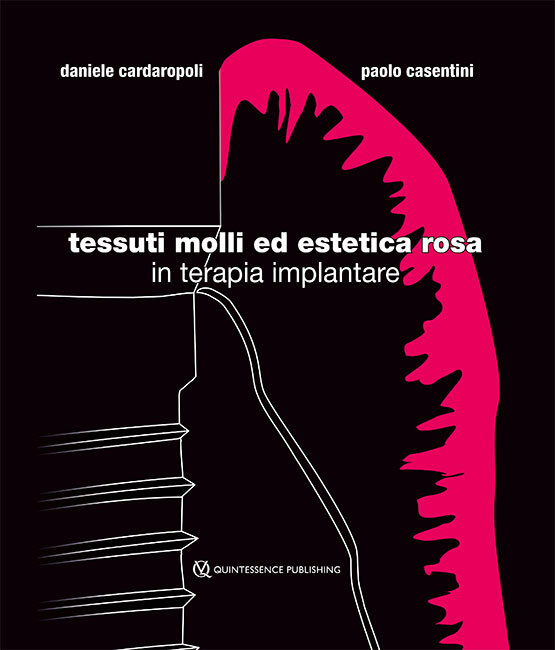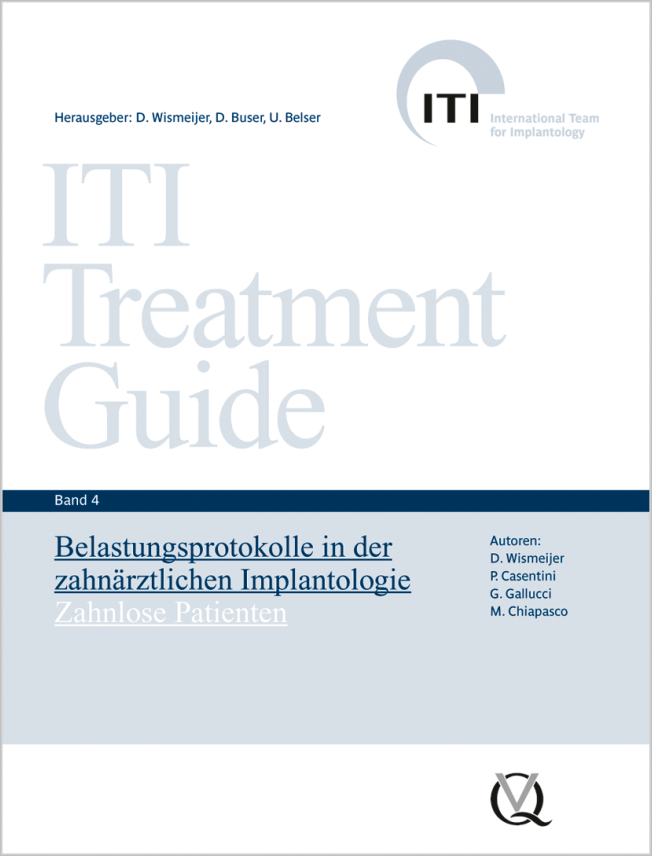International Journal of Periodontics & Restorative Dentistry, 2/2021
Seiten: 227-232, Sprache: EnglischCardaropoli, Daniele / Nevins, Myron / Casentini, PaoloA postextraction socket is always open to different treatment possibilities. A straightforward clinical classification may help evaluate which surgical approach is best suited for the case being treated. Four different classes are defined on the basis of the local anatomy of the site, available bone volume, and soft tissue level. For every clinical situation, either immediate placement, early placement, alveolar ridge preservation, or staged approach can be selected as a treatment modality according to the classifications listed.
QZ - Quintessenz Zahntechnik, 5/2019
ErfahrungsberichtSeiten: 596-607, Sprache: DeutschCasentini, PaoloEin durchmesserreduziertes Implantat als Ersatz für einen mittleren oberen Schneidezahn ist noch nicht Standard. Bei gezielter Indikationsstellung könnte allerdings nach Meinung des Autors ein solches Implantat manche Behandlung erleichtern. Beschrieben wird der Fall einer Patientin, bei der der rechte mittlere obere Schneidezahn ersetzt werden musste. Er wurde mit einem Zirkonoxidgerüst mit Keramik verblendet und adhäsiv an einem Titansekundärteil befestigt.
Schlagwörter: Keramik, Komposit, Zirkonoxidgerüst, Titansekundärteil
The International Journal of Prosthodontics, 1/2012
PubMed-ID: 22259791Seiten: 21-23, Sprache: EnglischLops, Diego / Mosca, Daniela / Casentini, Paolo / Ghisolfi, Marco / Romeo, EugenioThe aim of this study was to evaluate the time-dependent clinical efficacy of anterior and posterior zirconia fixed partial dentures (FPDs). A convenience sample of 28 patients, each wearing 1 FPD, was recalled annually throughout a 6-year follow-up period (mean: 6.5 years). Four patients did not participate in the study (dropouts), and 24 FPDs were in use during the observation period. The cumulative survival and success rates were 88.9% and 81.8%, respectively. Fixed prostheses with zirconia frameworks may be regarded as acceptable alternatives to metal-ceramic anterior and posterior FPDs.
The International Journal of Oral & Maxillofacial Implants, 7/2009
SupplementPubMed-ID: 19885448Seiten: 237-259, Sprache: EnglischChiapasco, Matteo / Casentini, Paolo / Zaniboni, MarcoPurpose: This review evaluated (1) the success of different surgical techniques for the reconstruction of edentulous deficient alveolar ridges and (2) the survival/success rates of implants placed in the augmented areas.
Materials and Methods: Clinical investigations published in English involving more than 10 consecutively treated patients and mean follow-up of at least 12 months after commencement of prosthetic loading were included. The following procedures were considered: onlay bone grafts, sinus floor elevation via a lateral approach, Le Fort I osteotomy with interpositional grafts, split ridge/ridge expansion techniques, and alveolar distraction osteogenesis. Full-text articles were identified using computerized and hand searches by key words. Success and related morbidity of augmentation procedures and survival/success rates of implants placed in the augmented sites were analyzed.
Results and Conclusion: A wide range of surgical procedures were identified. However, it was difficult to demonstrate that one surgical procedure offered better outcomes than another. Moreover, it is not yet known if some surgical procedures, eg, reconstruction of atrophic edentulous mandibles with onlay autogenous bone grafts or maxillary sinus grafting procedures in case of limited/moderate sinus pneumatization, improve long-term implant survival. Every surgical procedure presents advantages and disadvantages. Priority should be given to those procedures which are simpler and less invasive, involve less risk of complications, and reach their goals within the shortest time frame. The main limit encountered in this literature review was the overall poor methodological quality of the published articles. Larger well-designed long-term trials are needed.
Schlagwörter: alveolar bone loss, alveolar ridge augmentation, atrophy, autogenous bone, graft material, oral implant



